Brendan McGann's College Biology students have been studying light wavelengths within the electromagnetic spectrum and conducting experiments to show the necessity of carbon-based molecules for plants to conduct photosynthesis. Spinach discs "chads" were representing plants!
Studying light wavelengths within the electromagnetic spectrum and conducting experiments with carbon-based molecules is crucial to understanding the process of photosynthesis in plants. That’s because different wavelengths of light are absorbed by specific pigments within the plant, like chlorophyll, which are essential for capturing the energy needed to convert carbon dioxide into organic compounds, demonstrating the absolute necessity of carbon as a building block for plant growth through photosynthesis.
•The electromagnetic spectrum is the complete range of all types of electromagnetic radiation, including radio waves, microwaves, infrared light, visible light, ultraviolet light, X-rays, and gamma rays, organized by their wavelengths and frequencies, with radio waves having the longest wavelengths and gamma rays having the shortest. It’s a "scale" of all different types of light, even the ones we can't see with our eyes.
•In a leaf disk lab, spinach "chads" are leaf discs that float in a solution to measure the rate of photosynthesis. Photosynthesis produces oxygen, which makes the leaf discs more buoyant and float to the top. The rate at which the leaf discs float depends on the rate of photosynthesis. Darker green leaves photosynthesize faster than lighter green leaves because they absorb more light.






QUACK-QUACK!
Thanks to the kindness of parent Erin Ferraro, Kim Marasco’s IS fourth-graders had the opportunity to observe the incubation process of six Khaki Campbell ducklings!
The six ducklings were born between Feb. 23 and 24 and have been given a tremendous amount of tender loving care from their surrogates!
As part of this, students learned about the duckling development process and candling (a method used in embryology to study the growth and development of an embryo inside an egg. The method uses a bright light source behind the egg to show details through the shell, and is so called because the original sources of light used were candles.) and about the breed itself in addition to over duckling care and feeding.
As a bonus, students were able to hold these darling ducklings while doing classwork! The tiny ducklings also had visitors from Tiffany Guareno’s ES kindergarteners. (What a sweet inter-school connection!) Take a peek!

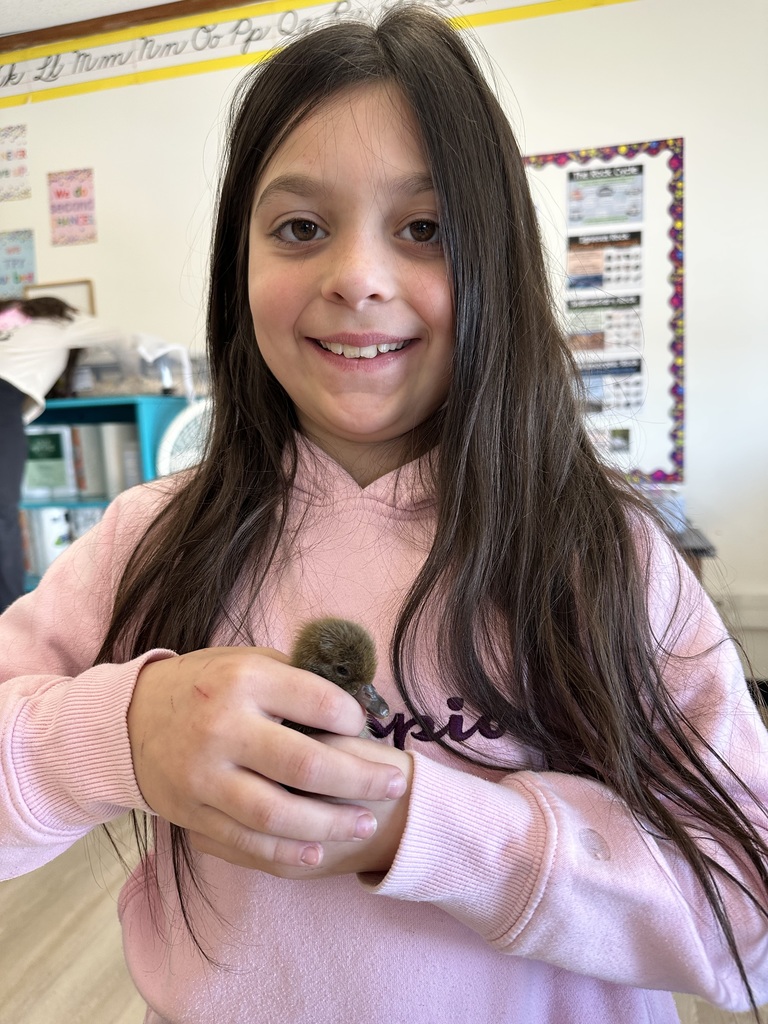

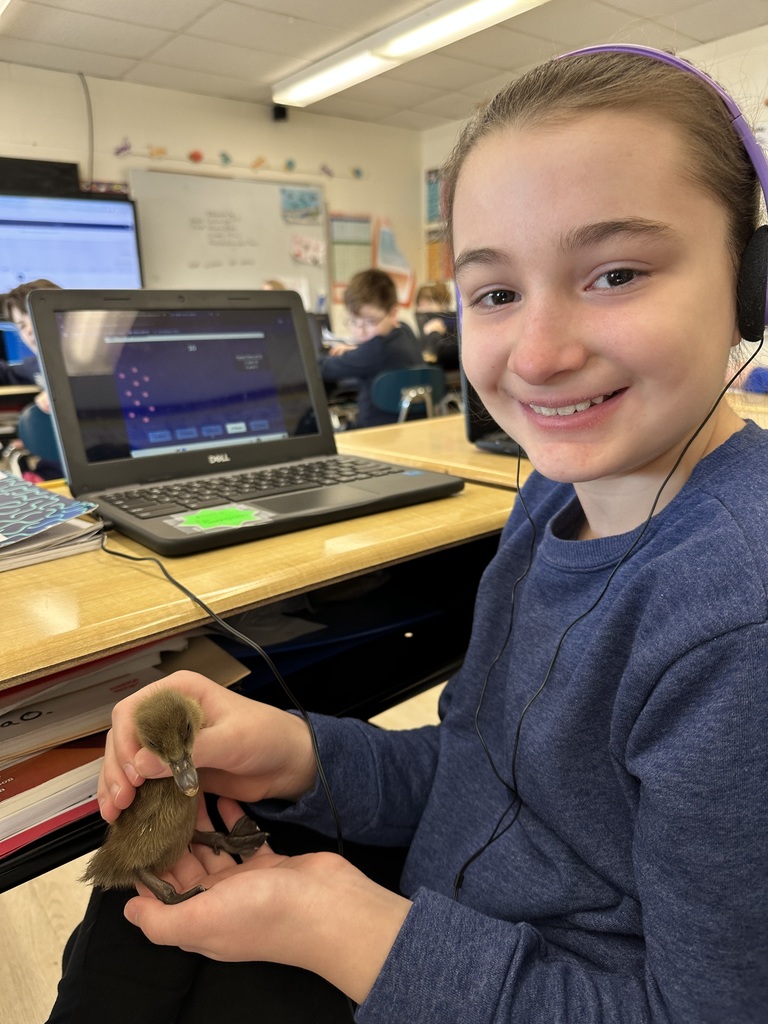

Which group has more?
It’s fun to collect different shapes! Elisabeth Harrison’s Otisville kindergarteners had so many choices: Blocks, diamonds, trapezoids, hexagons, triangles and more!
As part of their class work, Mrs. Harrison tasked her students with collecting and counting two different sets of shapes. Then, they had to draw a picture with their two collections of shapes and circle the group that had “more.”
But there was an underlying lesson in their work: It’s important for kindergarteners to know which group has “more” because this helps lays the foundation for understanding basic number concepts, like comparing quantities. This is a crucial building block for future math skills like addition and subtraction and understanding numerical value.





Otisville Elementary had SUPER SEUSSICAL time celebrating Dr. Seuss Week this week! Take a peek at our youngest students having a fabulous time wearing CAT IN THE HAT hats and expanding their culinary palates with GREEN EGGS AND HAM! Thank you to everyone who made this week so much fun!









The Middle School marked Foreign Language Week this week by inviting bilingual students to read during the morning announcements in the language that they speak at home during morning announcements! The intent was to highlight the importance of studying another language and to give these students an opportunity to showcase their bilingualism.
Information on interesting language facts and trivia was also shared along with a reminder about the importance of studying a foreign language.
Thank you to the students who shared their native languages:
• Amaan Ali/Urdu
• Danny Wang/Mandarin Chinese
• Alfonso Matute and Janely Morocho/Spanish
• Christel Toussaint/French
• Maxymilian Bochenek/Polish
Students read this message in their native language:
Good morning. My name is _______________ and I am a student in 6/7/8th grade here at Minisink. I speak English and also _(language)_. To celebrate Foreign Language Week, I am going to speak in _(language)_. I am going to tell you about today's weather and to 'have a great day and make it a great day for everyone around you' in __(language)__. See if you can understand what I am saying!" ....

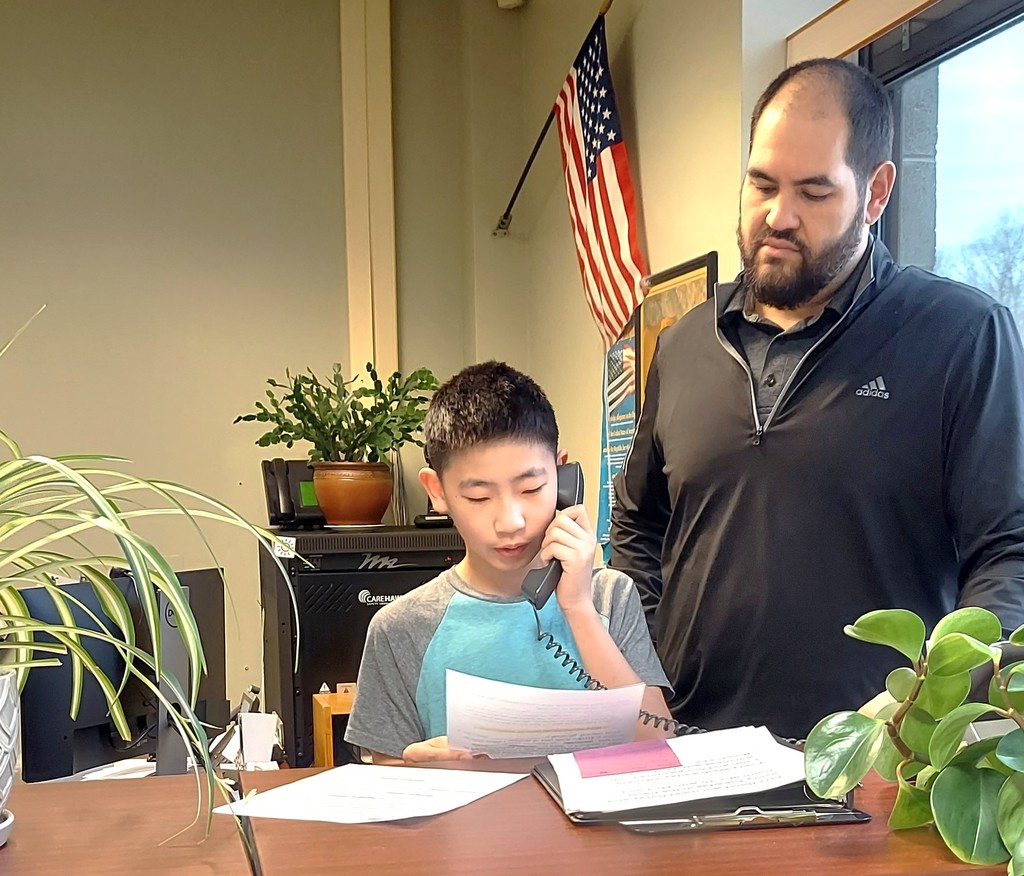
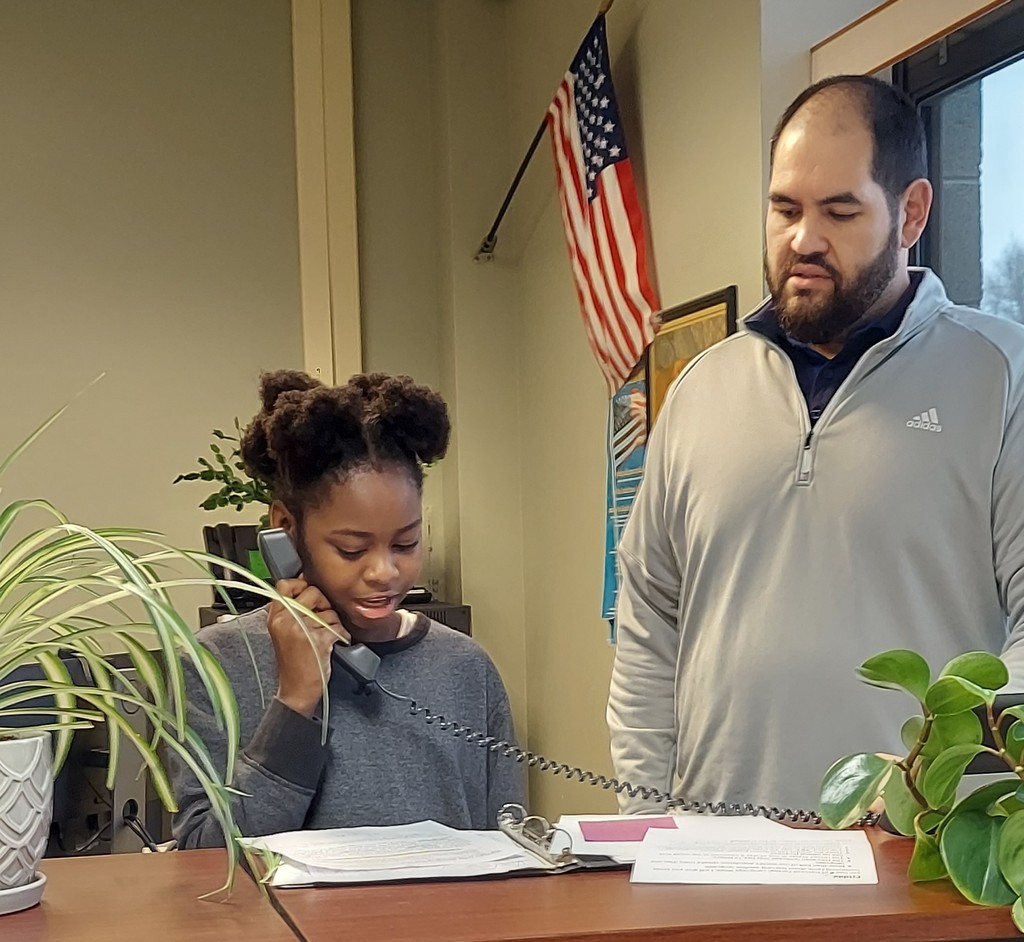



Kelsie Doller’s Modified Girls Basketball team recently went on the road for an amazing workout at The Pilates Club in Middletown, NY! The girls loved trying a new form of strength training that challenged them in new ways while improving flexibility, core strength, and overall athletic performance! Take a look!
Pilates is a type of exercise that focuses on controlled, precise movements designed to strengthen one’s core muscles, improve flexibility, posture, and balance. It’s considered a full-body workout with a primary emphasis on core engagement and can be adapted to different fitness levels. Often, pilates is performed on a mat using specialized equipment like reformers. It was developed by Joseph Pilates in the early 20th century.







Nichole Gaucher’s eighth-grade science students are studying the systems of the human body. Their recent focus was on the excretory system, which is the biological system in the body responsible for removing waste products and excess substances from the bloodstream, primarily through the organs like the kidneys, ureters, bladder, and urethra. This system filters blood and produces urine to eliminate waste from the body to maintain internal homeostasis (the process by which the body maintains a stable internal environment, or balance, despite changes in the external environment).
As part of their studies, students made a kidney model using coffee filters in order to understand how the kidneys work in a body to filter out waste. In this lab, “the water” represented water, “the red dye” represented blood, and “the glitter” mixed in with the colored water represented waste such as urea and creatinine. By making a kidney model, students were able to observe how a healthy kidney works by filtering waste in a body.
In the second portion of the lab, they poked holes through a coffee filter to represent a diseased kidney. This allowed them to compare the filtration process of a healthy versus a disease kidney. Afterward, students completed an activity where they reviewed excretory system vocabulary and labeled a system diagram. WHAT A CREATIVE SCIENCE LAB!
Coffee filters are useful in excretory system labs because they effectively mimic the function of the kidneys, acting as a visual filtration mechanism to separate waste products from a liquid mixture, just like the kidneys filter waste from blood to produce urine.

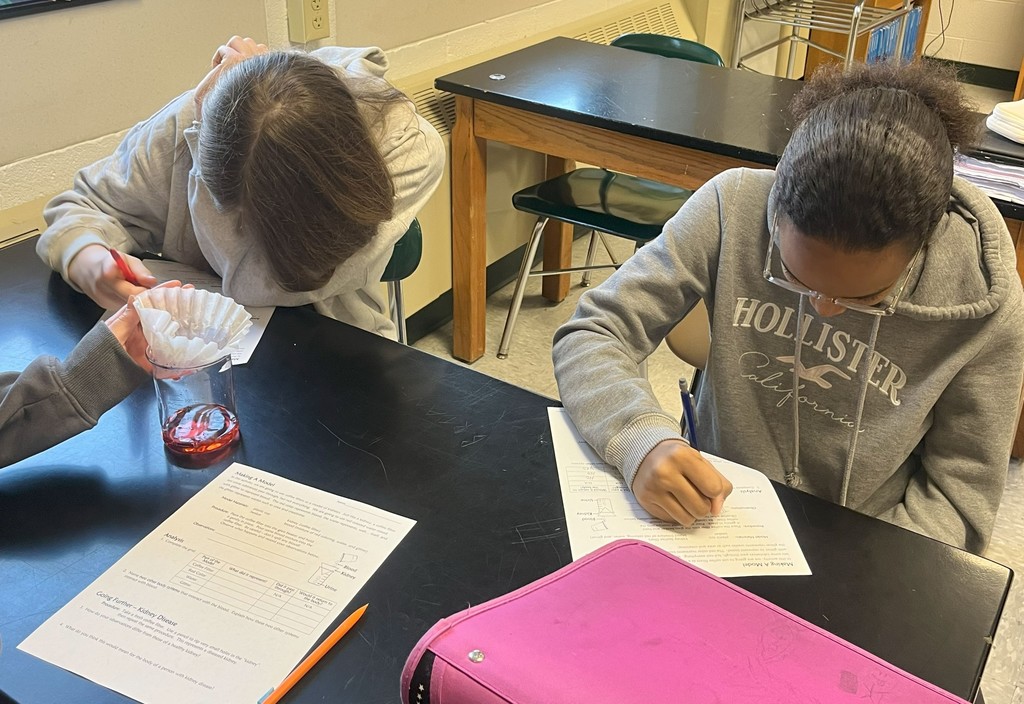



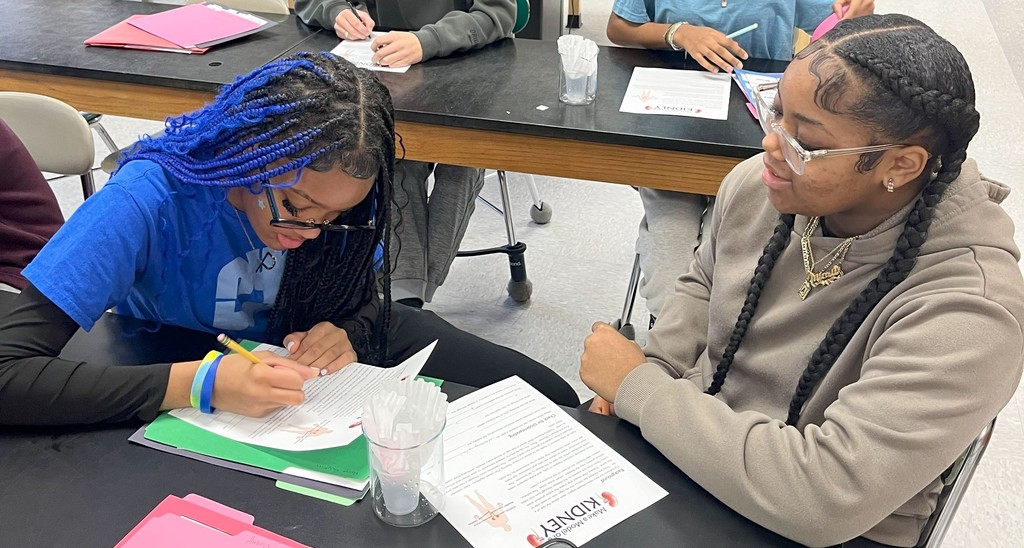

Like all district first-graders, Meghan Donahue’s ES first-graders have a unit in their science studies focusing on astronomy.
Mrs. Donahue kicked off this unit by showing her students how to create their own eclipses! Students used their Groundhog Day lesson knowledge about shadows and light to help enhance their knowledge and understanding of lunar and solar eclipses.
How fun is this? Her students used Play-Doh to re-create moon and Earth models, using pencils to hold those models in place with additional Play-Doh at the base. Then, they used flashlights to create shadows. Her young students moved their “moons and earths” in an “orbit” to create lunar and solar eclipses. Play-Doh pencil eclipses are a fun hands-on activity that helps children learn about eclipses by seeing how the relative positions of the three celestial bodies create an eclipse.
There was more unique learning fun! Later, students made their own moon rocks using baking soda and water and a little bit of coco powder for color. These rock blobs were frozen overnight. Then, they with the help of a spoon or dropper, they used vinegar to dissolve their moon rocks! What a great activity helping students to learn about space, the scientific process and even how vinegar reacts with baking soda!






WE'RE ALL IN THIS TOGETHER!
Today, March 5, was ACT 1 PREVIEW/DRESS REHEARSAL DAY for the Middle School Drama Club's production of Disney's HIGH SCHOOL MUSICAL JR.!
The cast and crew presented two shows featuring the first-half of the production to student and faculty audiences!
WHAT A SHOW! Remember, opening is tomorrow, March 6 at 7 p.m. at the Middle School Auditorium!
Don't miss out! Tickets: https://www.onthestage.tickets/.../678076f055ebc03250cd5693



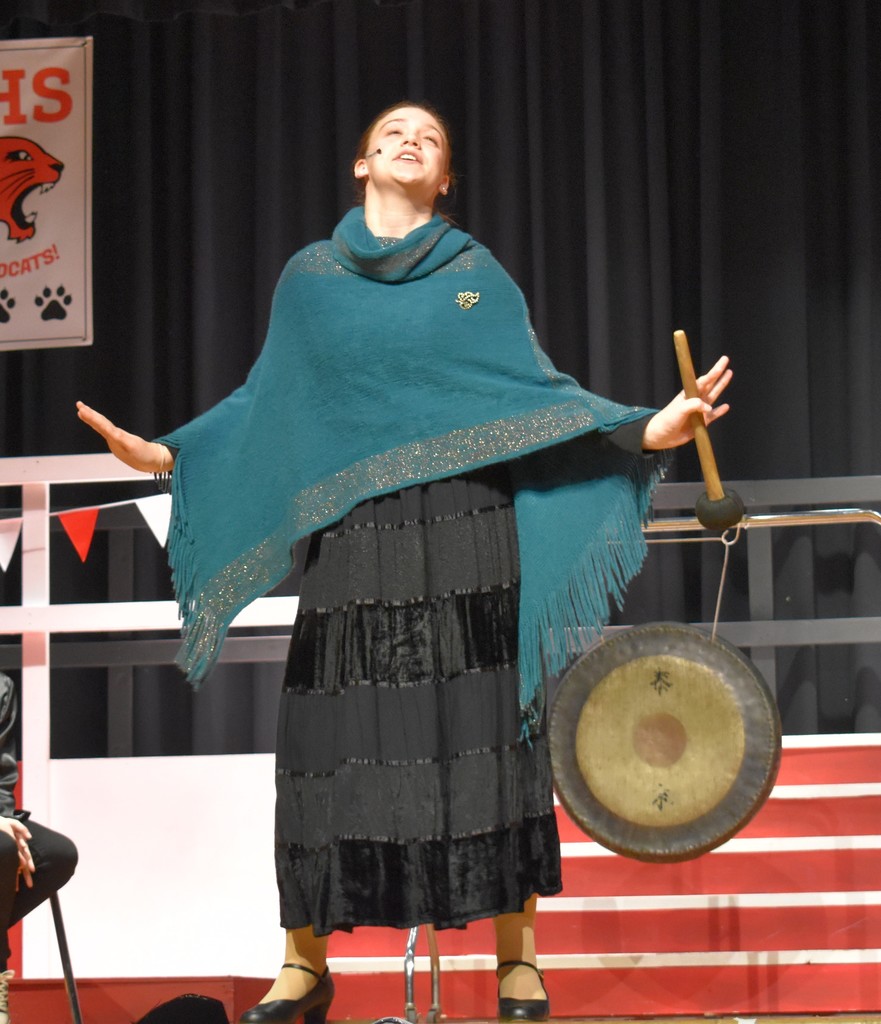





As part of the Elementary School’s ongoing commitment to character education, the ICON Dance Team of New York City visited the school today, March 5, for a high powered and colorful show focusing on music and dance and which included an important conversation on spotting and stopping bullying, respecting yourself and others, taking responsibility for your actions and leading a positive life.
The students were mesmerized with the talent of the dance trio and understood their important messages! Ask your student about today’s assembly and please continue this important conversation!






What’s a great way to learn about fractions? With PIZZA, of course!
Jenna Colman’s and Victoria Frascone's Otisville fourth-graders’ recent fraction unit work included a fun activity which combined art and the favorite food of many in the class! They made fraction pizzas!
First, students determined whether their pizzas would be separated into slices representing fourths, fifths, sixths, or eighths. Then, they chose their toppings: Peppers, mushrooms, pepperoni, or tomatoes. Students were tasked with choosing at least two toppings.
After, they answered questions about the fractions of the slices and toppings on their pizzas!
When teaching fractions with "fraction pizzas," the total slices and numbers of toppings act as a visual representation of fractional parts, allowing students to easily understand how a whole pizza can be divided into equal slices, where each slice represents a fraction of the whole, and different toppings on various slices represent different fractional amounts of a specific topping on the pizza.
Fractions a fundamental concept in mathematics, essential for understanding more advanced math like algebra, and are crucial for everyday life situations where parts of a whole need to be measured or calculated, like cooking, measuring, or interpreting data. They are a critical building block for mathematical reasoning and problem-solving skills.





Even the district’s transitional kindergarteners get introduced to what an acronym means! In this instance, Marjori Bobish’s ES transitional kindergarteners learned that someone who has performed better than anyone else, especially in sports, can be considered the “Greatest of All Time!” If you take the first letter of each of those words, you can simplify that phrase by saying “GOAT!”
Mrs. Bobish and her students talked about why gymnast Simone Biles is a “GOAT” as they read their Scholastic readers together, learning about the important attributes of a GOAT!
The term "GOAT" is believed to have originated in hip-hop music in the 1990s and was popularized by rapper and actor LL Cool J.




MORE BOOK FAIR FUN! Take a peek at the Intermediate School's Scholastic Book Fair! Thank you to the IS PTO for organizing and overseeing the day. '
Remember, regular reading further develops critical thinking skills, expands vocabulary, improves comprehension, strengthens analytical abilities, and lays the foundation for success in all academic subjects by allowing students to access and process information effectively across different disciplines.




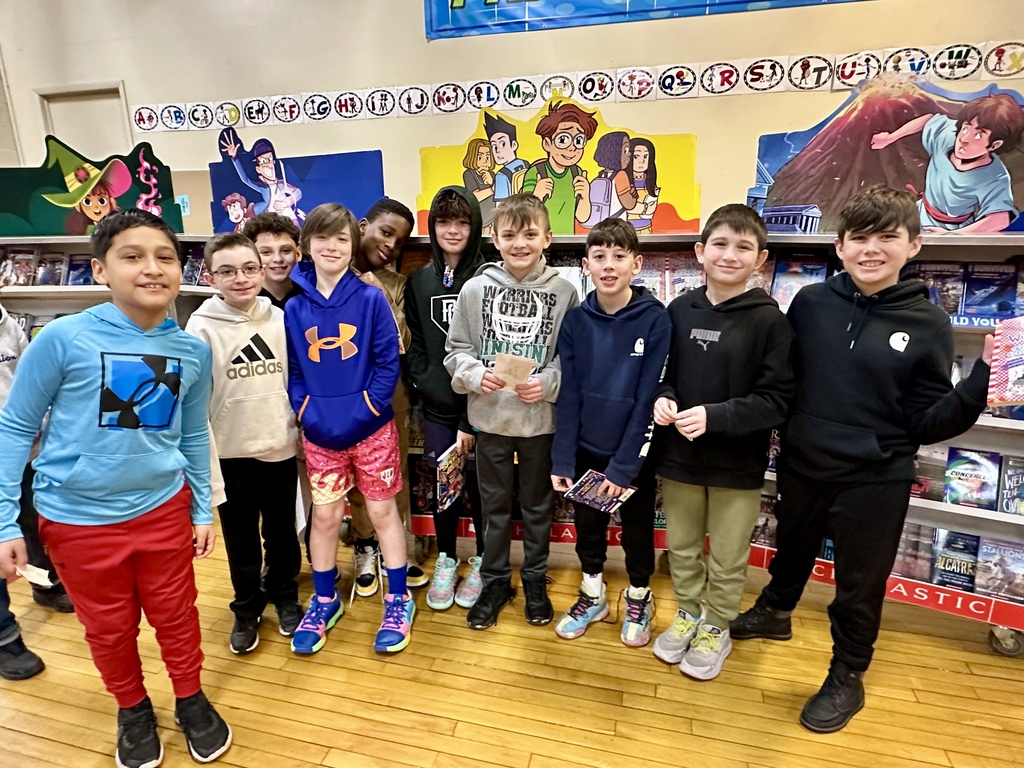

Congratulations to the district’s Odyssey of the Mind teams, who creatively, confidently and joyfully represented the district at this past weekend’s New York State Odyssey of the Mind Region 5 competition at Orange-Ulster BOCES in Goshen!
Here’s how they fared:
•High School/Division III
--- Fourth-place for “AstronOMical Odyssey!” with 253.38 points out of 350!
•Middle School/Division II
--- Third place for “The OM-Mazing Race” with 313.20 points out of 350!
•Otisville Elementary/Division I
--- Seventh-place for “AstronOMical Odyssey! “with 295.36 points out of 350!
While the teams do not advance to the next round of competition, they are all winners for their dedication and commitment to this very unique and imaginative competition! Please join us in congratulating them for their accomplishments!
Odyssey of the Mind is an international educational program that provides creative problem-solving opportunities for students from kindergarten through college. The Odyssey of the Mind program

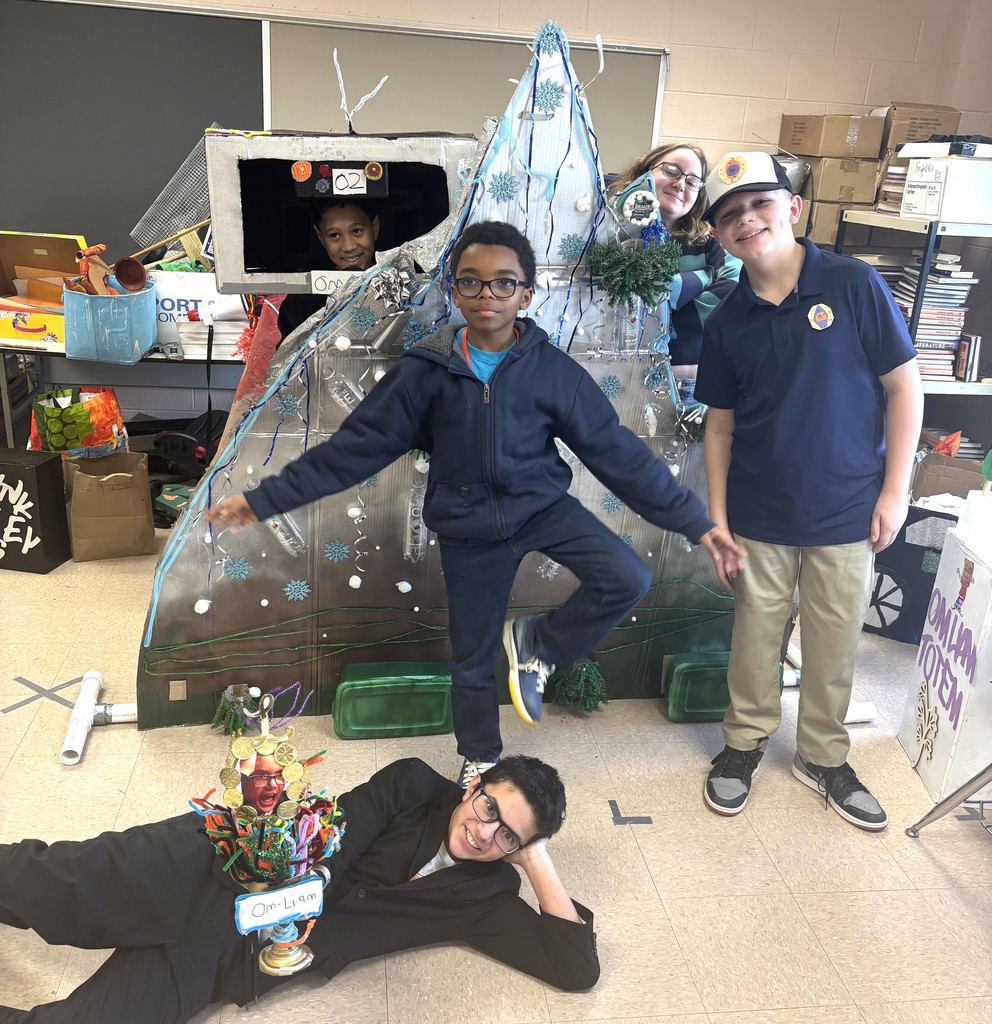
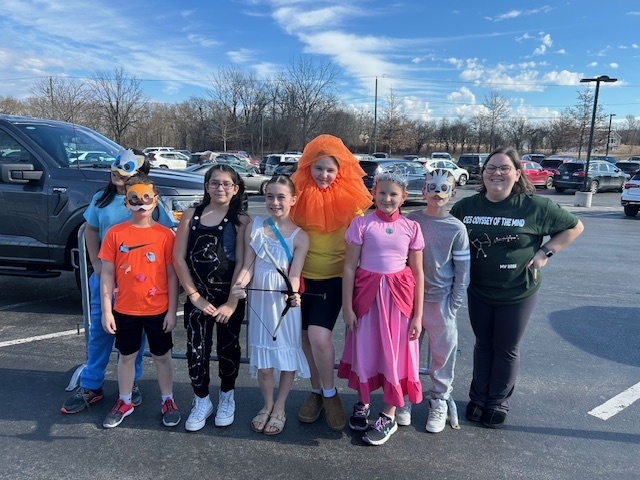
Learning how to alphabetize words is important because it helps develop a foundational understanding of sequence and order! Tracey Salinardi’s ES second-graders, like all district second-graders, practice this important skill on a regular basis. Students recently took a list of self-generated random words and then practiced alphabetizing them…. sometimes they needed to go to the third letter in a word to make sure it was alphabetized correctly!
Understanding alphabetical order is crucial for accessing information in dictionaries, encyclopedias, libraries, and other reference materials, making it a key fundamental skill for reading, research, and organization in everyday life Students quickly learn that alphabetizing words allows them to quickly locate specific information by recognizing patterns in the alphabet.
The practice of alphabetizing words originated in ancient times, with the earliest evidence found in Northwest Semitic scribes using the abjad system during the first millennium BCE. Historians note the most notable early example was the library catalog called "Pinakes," created by scholar Callimachus at the Great Library of Alexandria, where scrolls were likely arranged alphabetically by the first letter of the author's name, marking one of the first effective uses of alphabetical order as a cataloging method.




Brendan McGann’s College Forensic Science and High School elective students recently completed studying bloodstain pattern analysis (BPA). What a bloody mess! Take a look!
In this lab, students recreated actions that cause various bloodshed. They were then asked to interpret bloodstain patterns from various scenarios.
Bloodstain pattern analysis (BPA) is a forensic science technique that examines bloodstains at a crime scene to recreate events. It's used to reconstruct crimes like homicides, types of batteries, burglaries, and hit-and-run accidents.
BPA uses principles of biology, physics and math to help investigators solve crimes. In a forensic science class, students learn how to interpret bloodstain patterns to answer questions about a crime. They also learn how blood behaves when it leaves the body, including how it follows gravity and surface tension. Additionally, students learn how to categorize bloodstains into types like gunshot spatter, cast-off, and arterial spray.
DID YOU KNOW
• BPA helps investigators determine the nature of the force used in the attack.
• It helps determine the type of injuries sustained by the victim.
• It helps determine how long ago the crime occurred.
• It helps determine whether the victim died immediately or after some time.
• It helps determine the position of the victim and the perpetrator.








Congratulations to Juniors Sigourney-Page Kinzonzi and Siyassa Mathis, who were nominated by their teachers and recognized and honored by the Town of Wallkill on Feb. 27 as part of the town’s Black History Month recognition events. Both were recognized for their demonstrated leadership, academic achievements, diversity and social values in the greater Minisink Valley community.

In recognition of National Chili Day (Feb. 27) Victoria Ingrassia’s sixth-grade FACS students prepared beef and bean chili from scratch. Today…they ate it! Sorry, there’s no leftovers. But, they’re happy to share the recipe! And parents, these kids definitely do know how to clean up in the kitchen!
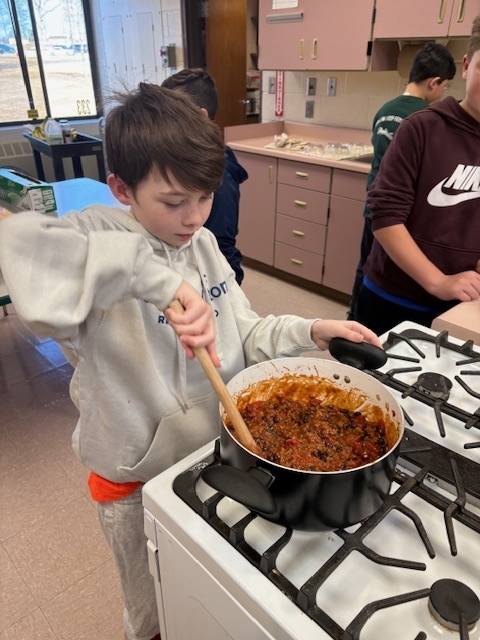

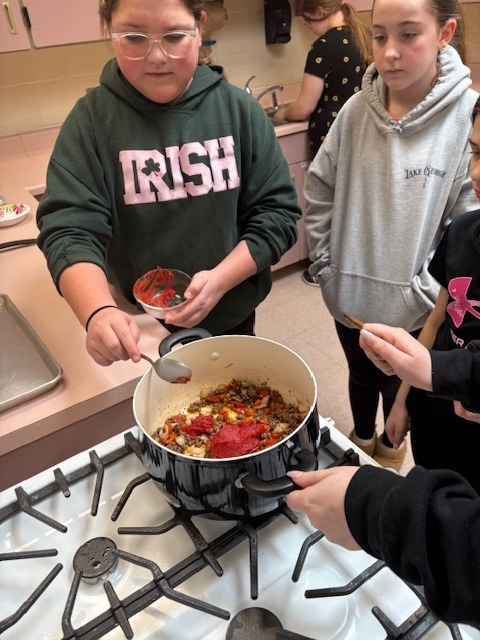



WHAT A GREAT EXAMPLE OF INTER-SCHOOL COOPERATION!
Kudos to the students in Christopher Tuthill’s High School “Architecture” class for their design and build of a terrific platform for the Otisville Elementary Drama Club! Thank you to all involved!
Short-term, these elementary students will be using it in their upcoming performances of Willy Wonka KIDS! Be sure you mark your calendars for their March 4 and 5 performances at 6:30 p.m. in the Otisville cafetorium. Admission is free!



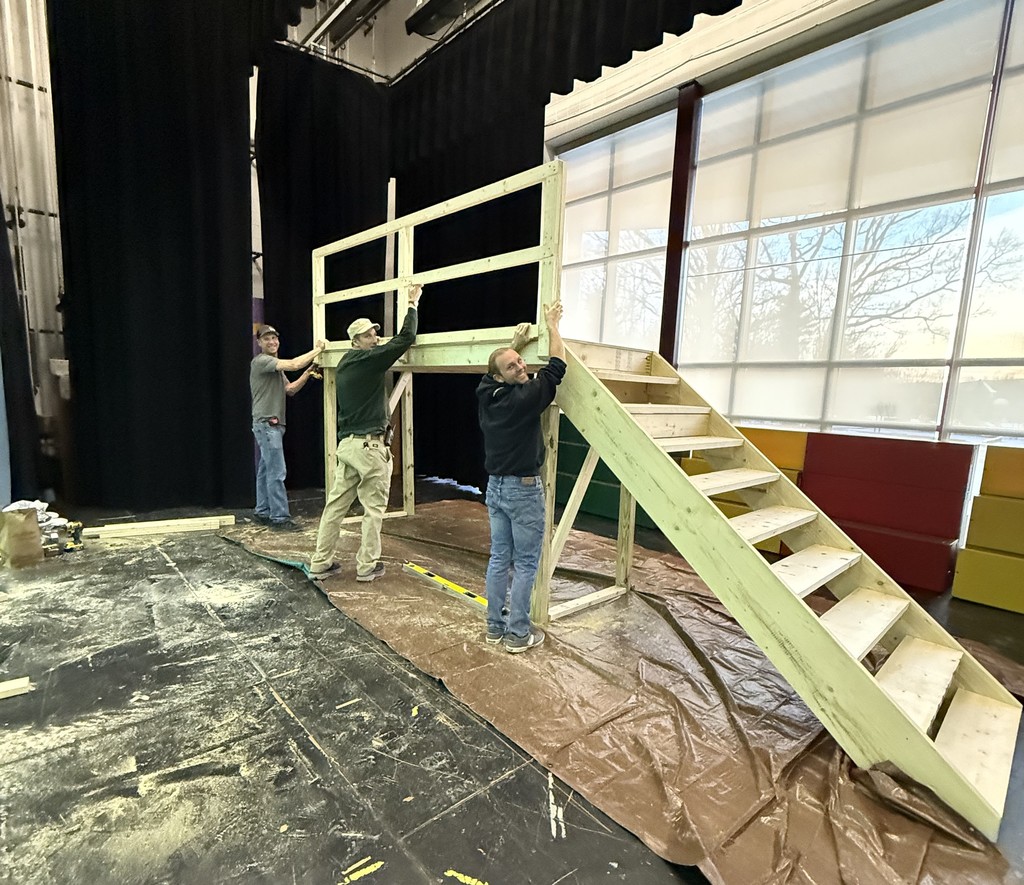
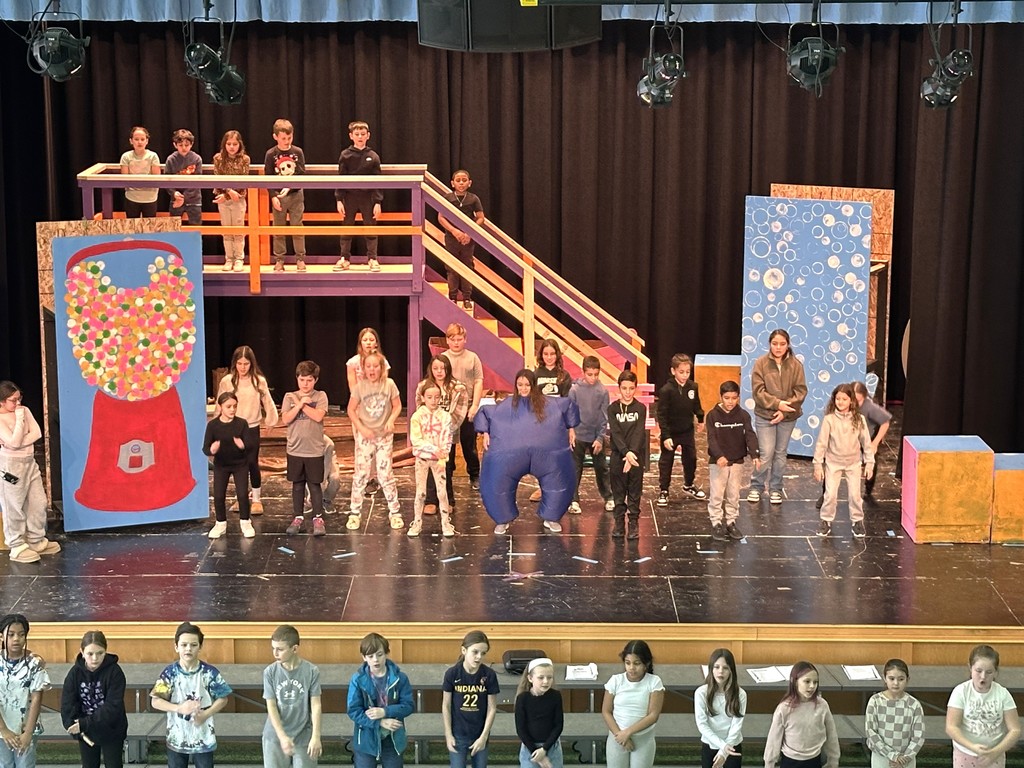
Joan Giardina’s IS third-grade art students are studying and applying the surreal elongation and simplified painting style of Italian painter (and sculptor) Amedeo Modigliani in their self-portrait assignment!
Modigliani’s elongation of faces, necks and figures in his works were not received well during his lifetime, but later became much sought-after his passing. Take a look; her students have really captured his style in their own self-portraiture!






